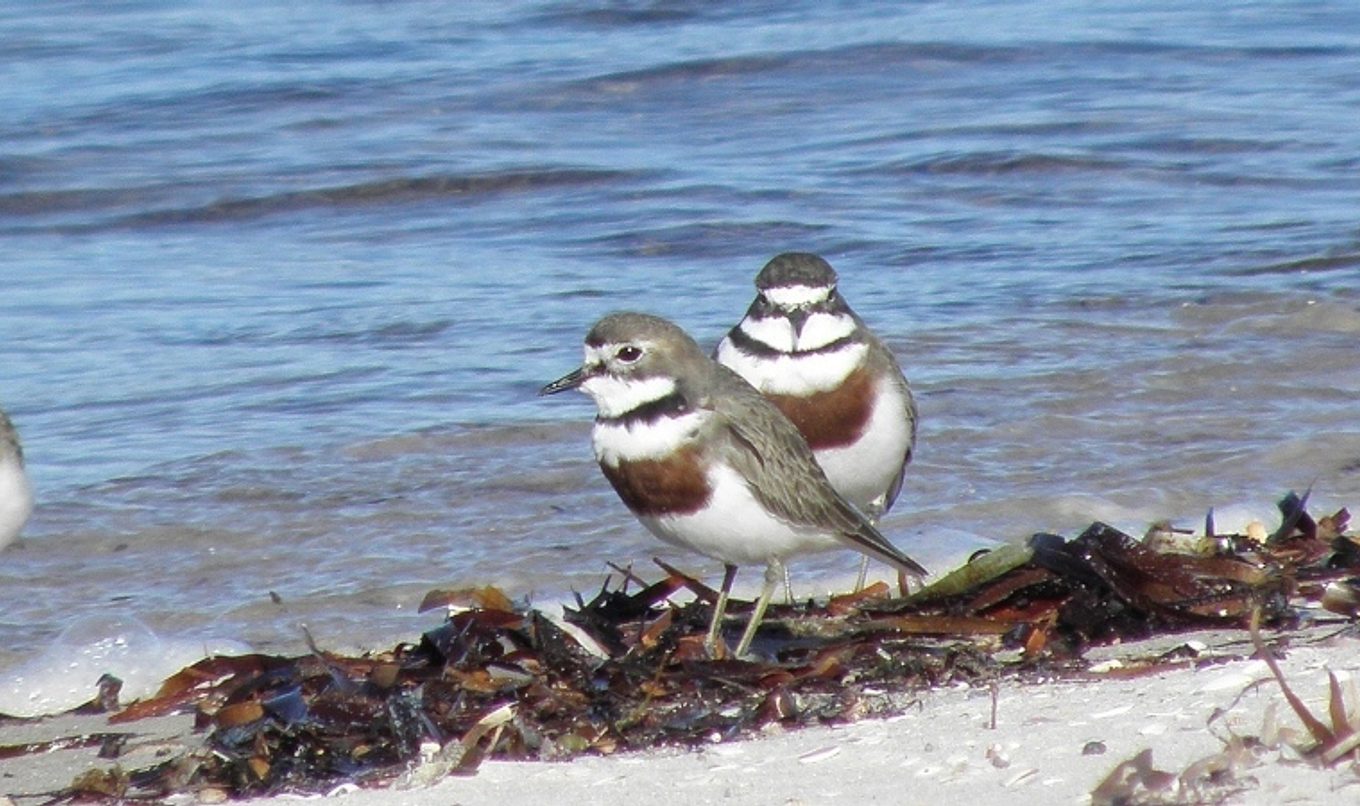This plover flies west for winter
The double-banded plover is a little unusual as it migrates from New Zealand to Australia in winter when other migratory birds fly north for the northern hemisphere summer.

The distinctive birds head for Tolderol Game Reserve wetland on the north-western side of Lake Alexandrina.
Natural Resources SA Murray-Darling Basin (SAMDB) wetlands and floodplain project officer John Gitsham said the small shore bird wader flies from east to west instead of the usual flight pattern of other migratory birds which is south to north.
“It can be seen foraging along the mudflats for food such as crustaceans, invertebrates and other insects and sometimes seeds and fruit,” Mr Gitsham said.
“While not quite as common as other migratory birds, for bird watchers it is quite a treat to see one, and Tolderol Game Reserve wetland is a good place for that opportunity.
“The double-banded plover breeds in New Zealand and nests on the ground and has been known to return to the same site to nest each season.
“Sometimes the birds’ breeding plumage is still visible when they arrive at Tolderol Game Reserve, with two dark double bands across their chest. After a while these bands fade, which can make it difficult to identify them, but their ‘chirp-chirp’ call is easy to hear.
Tolderol Game Reserve wetland is a highly regarded bird watching location, playing a key role in supporting water bird populations and the region can host more than 180 different bird species at different times of the year.
The wetland is part of the Coorong, Lake Alexandrina and Lake Albert Ramsar Wetland of International Importance, and hosts a diverse array of plants and animals which are a critical part of the wetland ecosystem.
This project is supported by the South Australian Murray-Darling Basin Natural Resources Management Board through funding from the Australian Government’s National Landcare Program and NRM levies.

